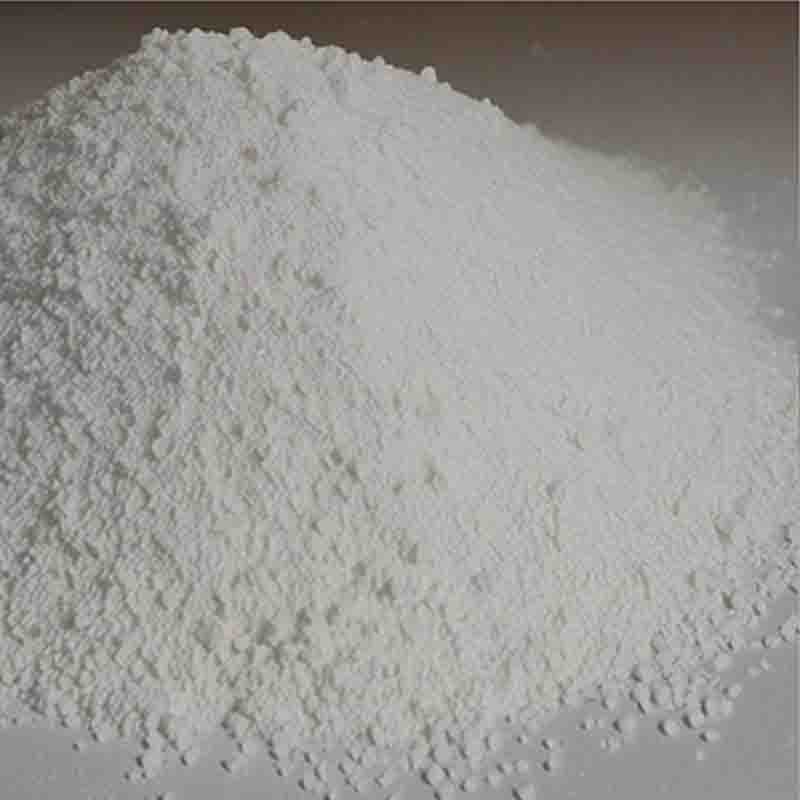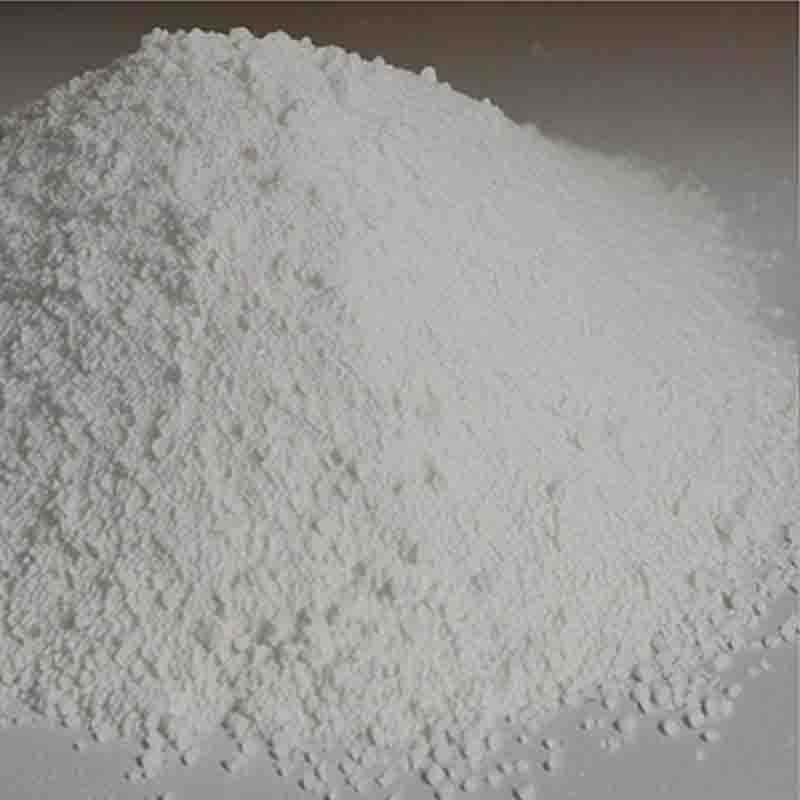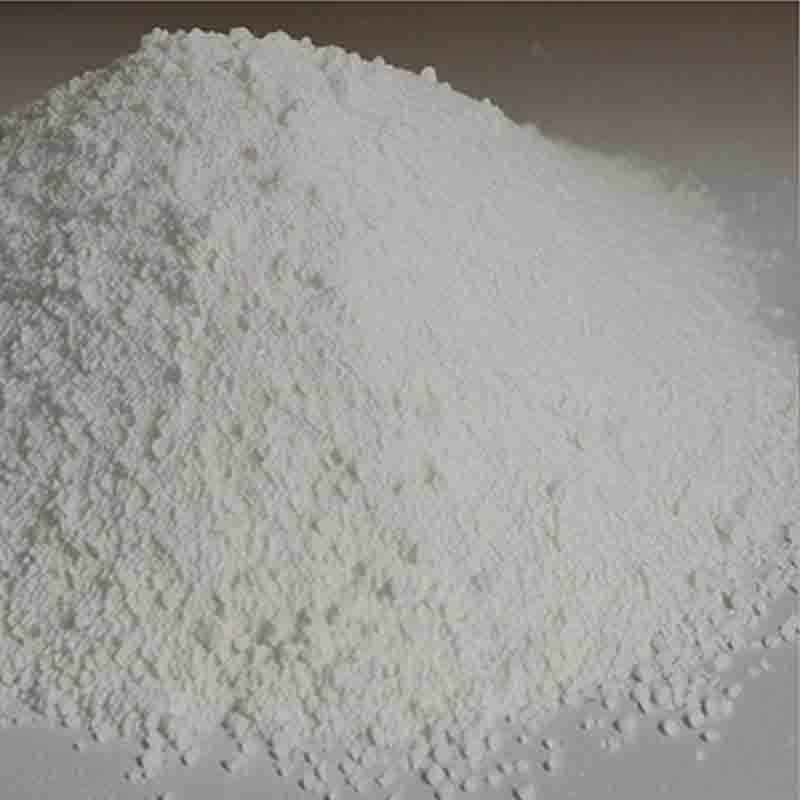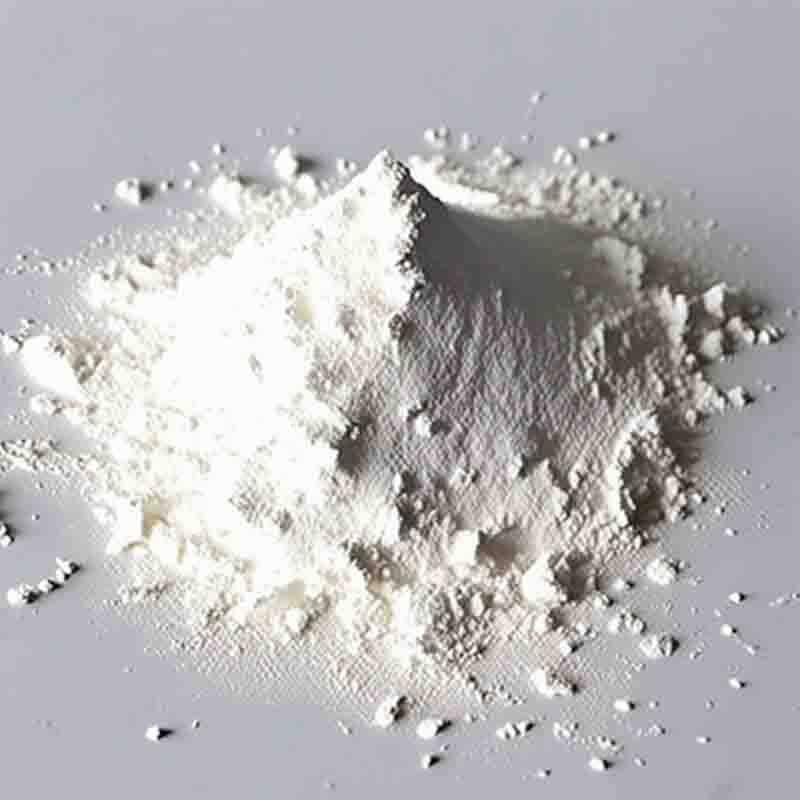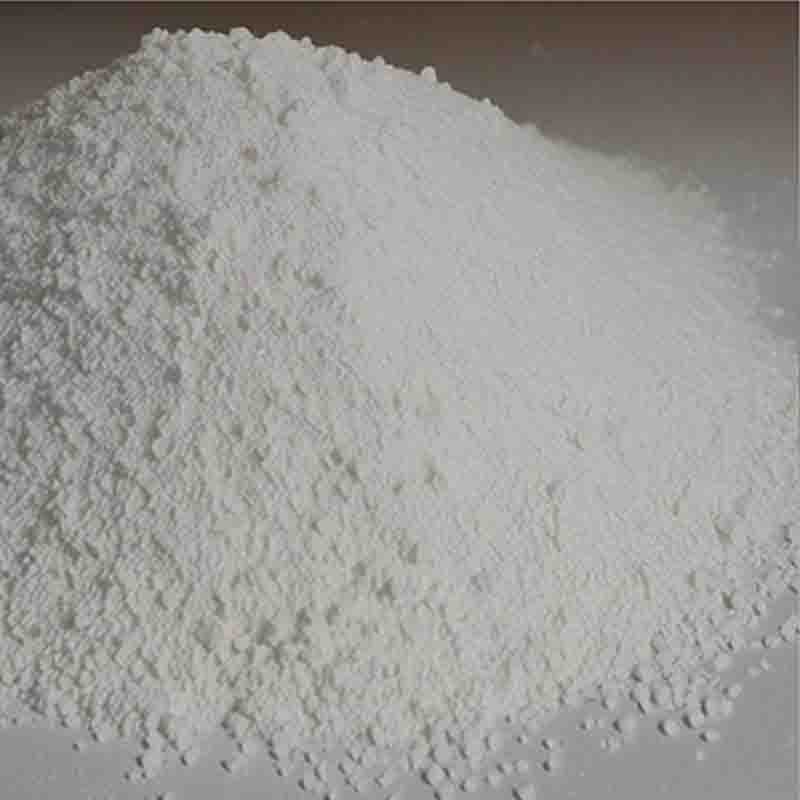2-Chloronicotinic acid CAS: 2942-59-8
| Catalog Number | XD94050 |
| Product Name | 2-Chloronicotinic acid |
| CAS | 2942-59-8 |
| Molecular Formula | C6H4ClNO2 |
| Molecular Weight | 157.55 |
| Storage Details | Ambient |
Product Specification
| Appearance | White powder |
| Assay | 99% min |
2-Chloronicotinic acid is a chemical compound that belongs to the class of pyridine derivatives. It is primarily used in the pharmaceutical industry and serves as a key building block in the synthesis of various drugs and active pharmaceutical ingredients (APIs). The compound's unique structure and properties make it a valuable ingredient in drug development and manufacturing processes.One of the main uses of 2-Chloronicotinic acid is as a precursor in the synthesis of nicotinamide adenine dinucleotide (NAD+) and its analogs. NAD+ is an essential coenzyme involved in numerous biological processes, including energy metabolism and DNA repair. By introducing 2-Chloronicotinic acid to specific chemical reactions, researchers can obtain intermediates that eventually lead to the production of NAD+ and its derivatives. These compounds are then used in various therapeutic applications, such as anti-aging treatments and neurodegenerative disease therapies.Additionally, 2-Chloronicotinic acid is utilized in the synthesis of pharmaceutical intermediates and APIs. It can be reacted with various reagents, such as amines, alcohols, or acids, to create functionalized derivatives that exhibit specific biological activities. These derivatives are then incorporated into drug molecules to enhance their therapeutic effects or improve their pharmacokinetic properties. Some examples of drugs that are synthesized using 2-Chloronicotinic acid include antiviral agents, antimicrobial drugs, anti-inflammatory agents, and anticancer medications.Furthermore, 2-Chloronicotinic acid has applications in the field of agrochemicals. It can be used as an intermediate in the synthesis of herbicides, fungicides, and insecticides. By modifying the structure of the compound through various chemical reactions, chemists can create molecules that target specific pests or diseases, providing effective crop protection and pest control.2-Chloronicotinic acid's versatility, reactivity, and wide range of potential applications make it a valuable ingredient in the pharmaceutical and agrochemical industries. Its ability to serve as a building block in the synthesis of NAD+ and other important compounds contributes to advancements in drug development and therapeutic treatments. As research in these fields continues to evolve, the use of 2-Chloronicotinic acid is expected to expand, providing new opportunities for the development of innovative drugs and agrochemical products.


